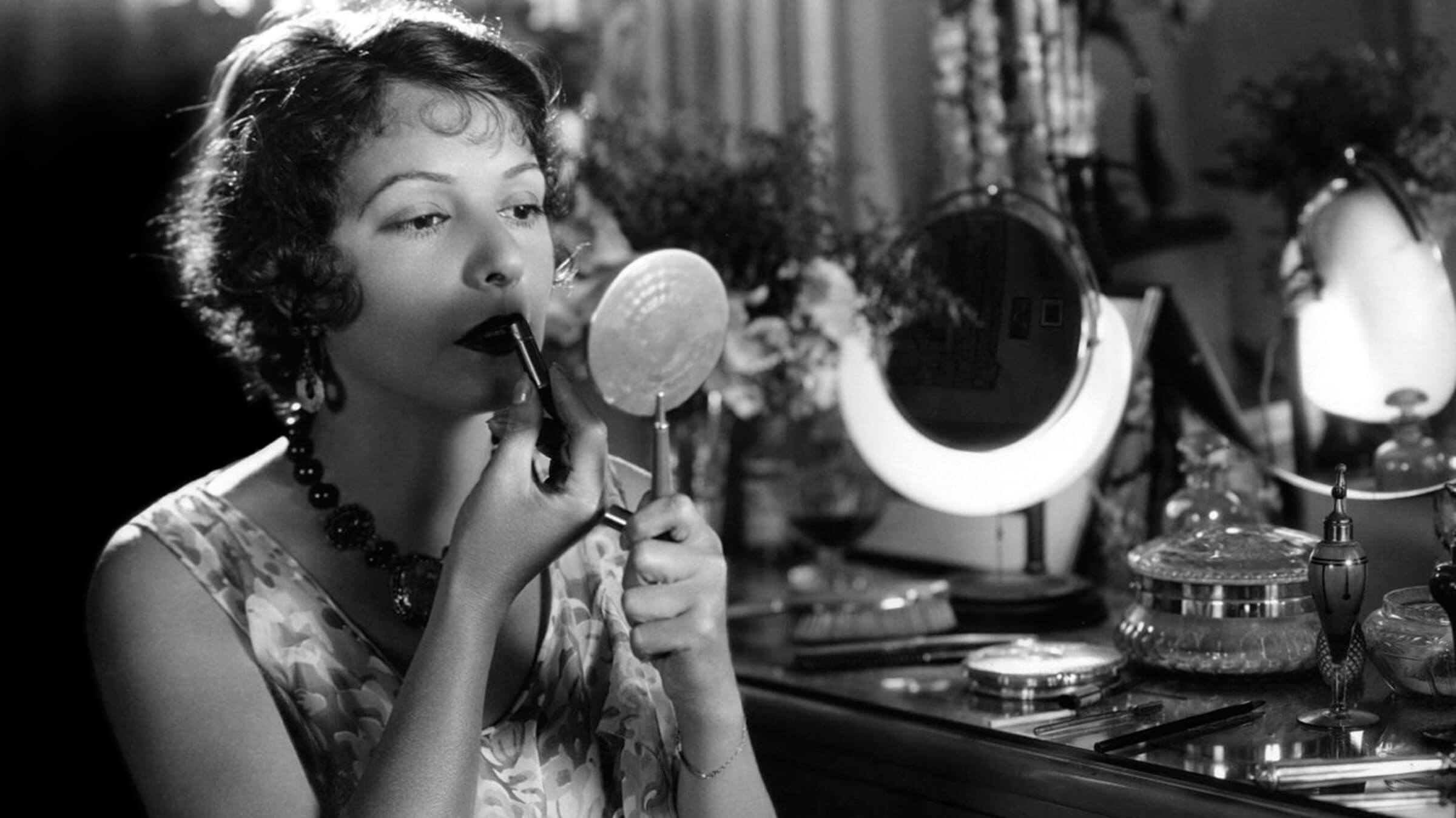This feature was published in conjunction with the screening of The Lady at SFSFF 2024
In an era when the movie industry churned through stars, Norma Talmadge had remarkable staying power. Beginning at the time of nickelodeons, she later rose to stardom in the late 1910s and then superstardom in the early 1920s, sailing through the rest of the decade before talkies finally put a close to her career.
The Beginning
In 1910 the Brooklyn-raised teenager took the streetcar to apply for work at Vitagraph’s Flatbush studio. Her only experience had been posing for song slides. Soon she was busy playing parts from bit and extra work to leads, all the while learning her craft. Some of these early Vitagraph shorts survive. A nice example is Father’s Hatband from 1913, where she and her boyfriend try to pass notes unnoticed by her father. Here we see her natural baby-faced grin and raucous laugh, not yet the poised actress but a performer of undeniable charm and charisma.
A Turning Point
Stranded in California in 1916 after a false start with an underfunded company, she sought work with D.W. Griffith at Triangle. He instead took a shine to her younger sister Constance, but Norma found steady work in a string of routine melodramas and in one comedy/drama, The Social Secretary, written by future Gentlemen Prefer Blondes scribe Anita Loos. Tired of fending off advances by her male bosses, Talmadge’s character dresses down to apply for a job for a woman who specifies that she wants an unattractive secretary. She leans into the prim, bespectacled character, as well as dressing back up to vamp a cad pursuing her boss’s daughter. It’s a nice showcase for her versatility.
The Partnership
Later that year she partnered with future mogul Joseph M. Schenck for what turned out to be a stunningly profitable relationship for both. In their New York studio they turned out hit after hit of mostly society dramas, with gowns by leading designers, steadily building her reputation as a star and actress. She often played a misunderstood wife, or an inexperienced woman who makes bad decisions or came from a problematic background. Or both at once, when she played double roles in the same film. A fine example of her burgeoning acting skills is 1918’s The Safety Curtain as an abused wife of a vaudeville performer who, thinking her husband dead, marries a British officer in India but remains afraid of intimacy. Or even better, 1921’s The Sign on the Door, one of three Talmadge pictures directed by Herbert Brenon. She has a bravura scene locked in a room with the man her husband shot, going from shock to panic, to taking action to save her family.
The Blockbuster
By the early 1920s, Talmadge was at the pinnacle of her success. Between 1923 and 1925 she was number one at the box office. The press extolled her as “womanly,” indeed as a “modern woman.” Not a vamp or an innocent, her characters had a woman’s challenges. She began to make grander, more prestigious films. Smilin’ Through (1922) was so popular it spawned two remakes, one of which was also directed by Sidney Franklin, a Talmadge favorite. It is her last dual role. As the doomed 19th century bride she expires soulfully in her fiancé’s arms, while as the modern woman she has a lovely scene at a train station, politely greeting a chatty soldier while realizing that her lover has not returned. She shows tremendous emotional responsiveness, her quicksilver expressions playing across her face, while making it seem natural and spontaneous. She had become a virtuoso of silent-film acting technique.
Posterity
Talmadge’s two greatest films came from teaming with director Frank Borzage: Secrets (1924) and The Lady (1925). Both take Talmadge from youth to middle or old age, suffering through but meeting the setbacks in her life. Secrets, the more popular of the two, shows scenes from a marriage, framed by her character as an old woman. Beginning with a comic elopement in a hoop skirt, it proceeds through the hardships of pioneer life, through infidelity in middle age. In both films, her performances are masterful, and unashamed in wringing every tear from the audience. But as the decade worn on, flappers became the embodiment of the modern woman, and Talmadge became something of a legacy star. At the end of the 1920s, she (or her ghostwriter) penned stories about the old days at Vitagraph. This association with movie history didn’t do her any favors when talkies came in and even stars more recent than Talmadge were rapidly considered obsolete. Contrary to histories that claim she spoke an intractable Brooklynese, her voice was perfectly adequate. But her time had come and gone. After one modestly successful talkie (New York Nights) and one bloated failure (Du Barry, Woman of Passion), she retired from movies to live on her considerable fortune.

